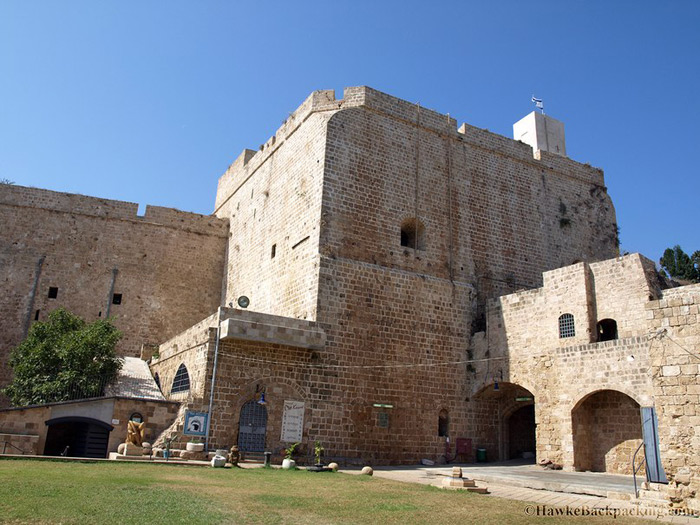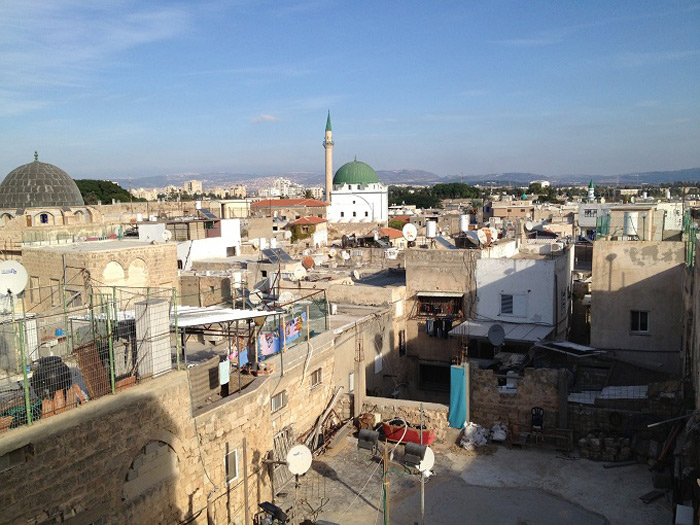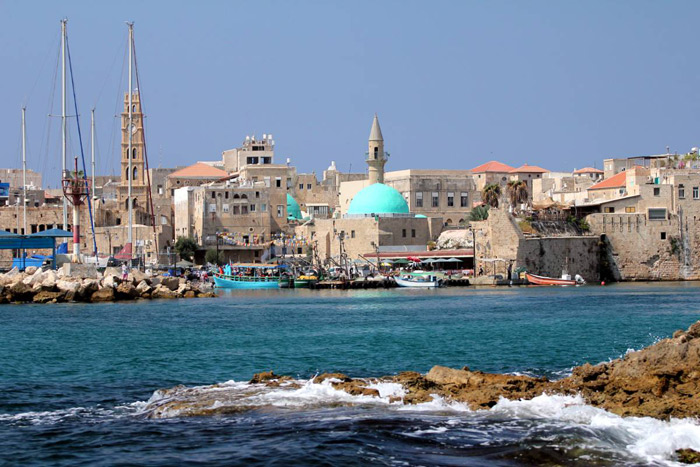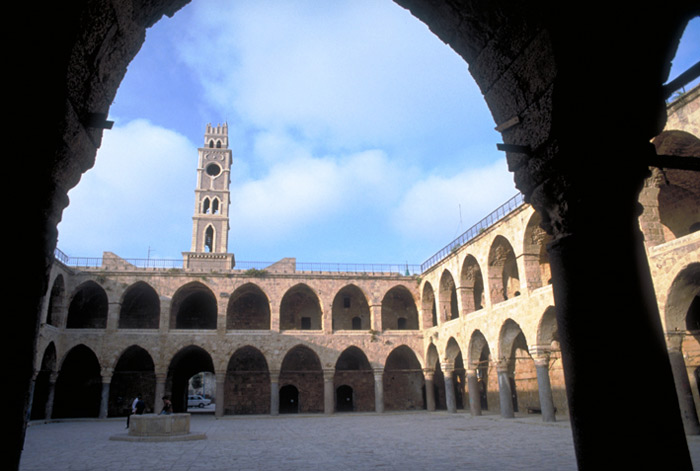Acre ancient citadel - World cultural heritage in Israel
The United Nations Science, Education and Culture Organization recognized the ancient Acre citadel of Israel as a World Cultural Heritage in 2001.

The ancient town of Acre is also known as Akko , a small city located in the west of Gelille in northern Israel, along the Mediterranean. The ancient citadel has an area of 13,533 km2 with a population of 46,000 people.
Before 165 BC, the ancient citadel belonged to Greece. In 395 AD, Acre citadel fell into the Byzantine empire . Acre was then under Arab rule, the Ottoman rule and British rule in 1947. By May 17, 1948, Acre was officially handed over to Israel, ending the persistent war. for a long time between Arab and Israel.

With a long history, Acre Citadel also preserved many cultural and architectural features through many dynasties. Acre Citadel is a port city with brick walls, defensive. The ancient citadel was built during the Ottoman era in the 18th and 19th centuries. The infrastructure and architecture of the citadel is full of elements of a typical urban including housing, public buildings, strongholds. . In the ancient citadel there is still a Crusader built around 1104 - 1291, almost intact.

Acre ancient citadel was recognized as a World Cultural Heritage by the Unesco criteria: Firstly, Acre still retains the important relics of a very typical medieval city next to the ruins of the citadel. 18th and 19th century Muslim streets Secondly, the ruins of the ancient citadel and the floating parts all show the uniqueness of the city's layout and structure in this period. The third is the ancient citadel of Acre, which is an important proof of the Ottoman stronghold (architectures of the mosque, public bathhouse, inn Khan and some preserved medieval buildings. pretty good).

Jezzar Pasha Mosque was built in the Ottoman period in the 18th century in the style of Byzantine architecture and slightly influenced by Persian style. Jezzar Pasha Mosque has a characteristic dome architecture and tall towers with a large yard. Previously, the church was painted white but now it is painted blue. The tower has an escalator with 124 steps from the foot to the top of the tower. So far this is Israel's largest mosque.

The public bath house in Acre citadel was built in 1795 by Jezzar Pasha - Ottoman king at that time. The public bathhouse in Acre has a hot shower room, an octagonal sauna with a marble-built water tank. The bath is even more famous due to the use of the Irgun army as a bridge to the prison.

The fortress aimed at defenses was built in the north and east of the ancient citadel of Acre in 1800 - 1814 by Jezzar Pasha. The wall is the most prominent scene when visiting Acre. This wall until now is still quite intact.
The temple monk's tunnel was built in the northwest of the city. The entrance of the fortress is protected by two tall towers and 28-foot-thick retaining walls. On the other side of the watchtower there are two smaller towers, with gold-plated lions on top. A tunnel leading to the east of the fortress, the lower part of the tunnel was carved from the original stone.

Tunnel of monks of the Temple line
Acre citadel was built during the Ottoman period, this stronghold was part of Acre's defense system from the invasion of the North. Today, the Ottomans include the following architectural works: Towers and moats; The area visiting Acre ancient citadel, the garden is spell-proof; British prison and gallows;
Khan (inn) this is the inn system that was originally built to serve merchants . Khan Al-Omdan, Khan Al-Faranj . are the 16-18th century inns. . These khanas all have a very large inner courtyard and are combined or overlapped with the remains of the Middle Ages.
- Cultural landscape of Bam - World Cultural Heritage in Iran
- Citadel and tomb Cao Cu Ly - Cultural heritage of China
- Hwaseong ancient citadel in Suwon
- Lijiang town
- Ancient Citadel of Binh Dao - China
- Jerusalem Citadel - Jerusalem
- BaKu ancient citadel, Shirvanshah Palace and Maiden tower
- Masada Fortress - World Cultural Heritage in Israel
- Tel Aviv City - World Cultural Heritage in Israel
- Fatehpur Sikri - India
- Complex of Hue ancient relics
- Admire the world's oldest citadel
 Suzhou classic bonsai garden - China
Suzhou classic bonsai garden - China Chau Nguyen Dynasty
Chau Nguyen Dynasty Thai Son Mountain - World Wonder
Thai Son Mountain - World Wonder Ancient villages of Shirakawa-go and Gokayama
Ancient villages of Shirakawa-go and Gokayama Admire the world's oldest citadel
Admire the world's oldest citadel  The mystery of the ancient city in the desert
The mystery of the ancient city in the desert  Relic area of the Imperial Citadel of Thang Long - Hanoi
Relic area of the Imperial Citadel of Thang Long - Hanoi  Complex of Hue ancient relics
Complex of Hue ancient relics  Fatehpur Sikri - India
Fatehpur Sikri - India  Citadel and tomb Cao Cu Ly - Cultural heritage of China
Citadel and tomb Cao Cu Ly - Cultural heritage of China 